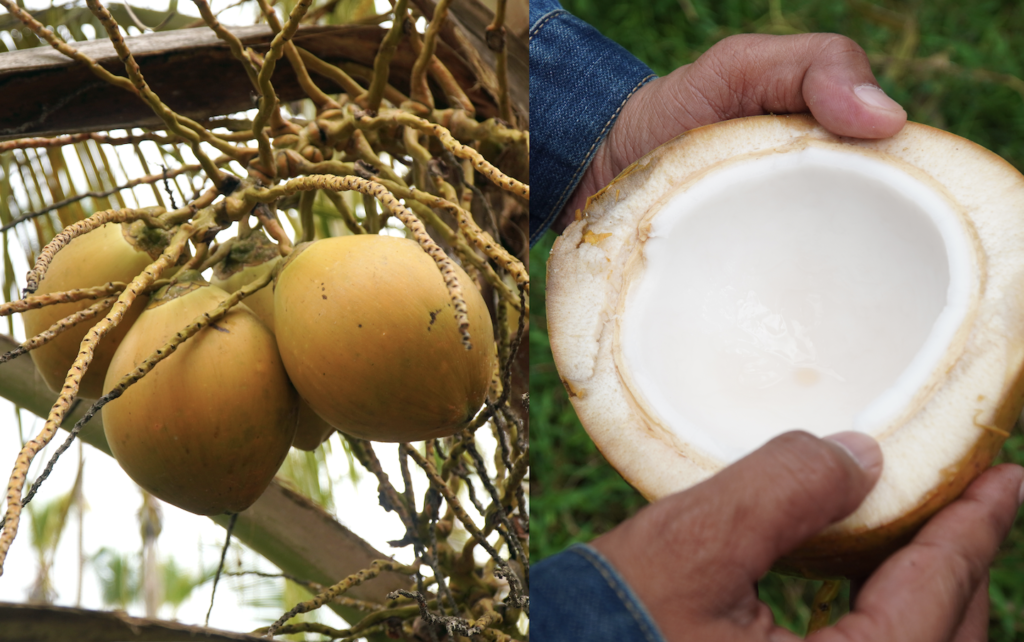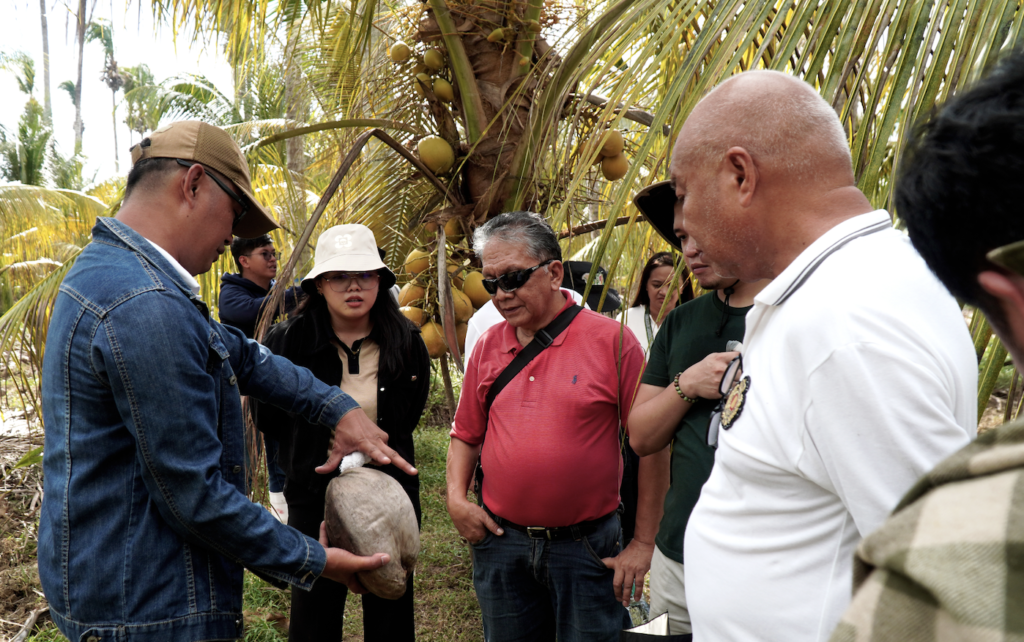The genetic potential and yield performance of four newly developed single-cross coconut hybrids are being evaluated through a project funded by the Philippine Council for Agriculture, Aquatic and Natural Resources Research and Development of the Department of Science and Technology (DOST-PCAARRD), through the Coconut Hybridization Program (CHP).

Determining coconut hybrids’ genetic potential and yield performance is crucial in understanding their ability to meet the market demands with the growing need for high-value coconut products.
Led by Mr. Gilbert M. Eslit of the Philippine Coconut Authority-Zamboanga Research Center (PCA-ZRC), the five-year project, “Performance Evaluation of the Newly Developed Single Cross Hybrids Using Selected Varieties with Special Traits,” targets to generate performance profiles of four single-cross hybrids.

PCA-ZRC developed the said hybrids with unique and special traits, which utilized Tutupaen Tall (TPNT) as source of pollen, and Sanchez-Mira Tall (SCHT), Markham Valley Tall (MVT), Malayan Red Dwarf (MRD), and Galas Green Dwarf (GALD) as mother palms. These hybrids are MRD x TPNT, GALD x TPNT, SCHT x TPNT, and MVT x TPNT.
According to Mr. Eslit, the project maintains 120 palms per hybrid at the field genebank of PCA-ZRC.
The hybrids will be further characterized and evaluated in terms of shell thickness, seed nut size, water, oil qualities, coco sap and sugar yield, prolificacy, and general combining ability.
In its first year of implementation, the project team conducted preliminary screening of the extracted deoxyribonucleic acid (DNA) samples from 1,632 tissue samples collected from hybrids and parental palms using simple sequence repeat (SSR) markers to validate the legitimacy of the hybrids. Confirmation of unique alleles among these hybrids is underway.
Meanwhile, field assessment showed that hybrids have an average palm girth of 80–100 centimeters (cm) and can grow to an average height of 600–700 cm.
Initial reproductive data also reveal that some hybrid palms, such as MRD x TPNT, started to bloom and produce fruits at 34 months from field planting, which is earlier than anticipated. MRD pairs well with local and foreign tall varieties, while TPNT has a thick shell. With this, the project team expects a high yield of copra and oil, good fatty acids, a thick shell, and an excellent toddy from the MRD x TPNT hybrid.
In the following years, the project will conduct ecological testing to assess the hybrids’ adaptability in different locations.
Due to persistent encounters with coconut scale insect (CSI) infestations at the farm sites, Science and Technology (S&T) Consultant Violeta N. Villegas suggested incorporating the team’s pest management strategies in their reports as hybrid palms were still able to demonstrate robust growth and development consistently.
CSIs are invasive pests that feed on the sap of coconut palms, resulting in slowed development, leaf yellowing, and in severe cases, the palms’ death.
The project review was led by DOST-PCAARRD’s Deputy Executive Director for Research and Development Juanito T. Batalon, along with Crops Research Division (CRD) Director Leilani D. Pelegrina, Industry Strategic S&T Program (ISP) Manager for Coconut Alissa Carol M. Ibarra, and other key personnel.
The DOST-PCAARRD team also conducted a field monitoring visit to validate the result of the project. (Rosemarie A. De Castro, DOST-PCAARRD S&T Media Services)



